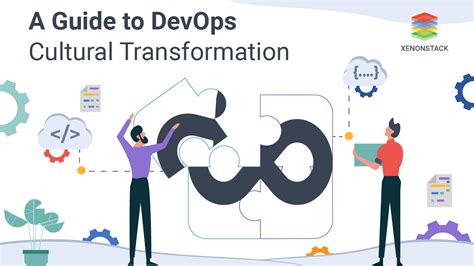The advent of DevOps was celebrated as a revolution in the software development lifecycle, aiming to eliminate silos between development and operations. This cultural and professional shift envisioned a more collaborative and automated world where deployment was seamless and code quality unfaltering. However, as the initial enthusiasm wanes, cracks in the foundation of DevOps are becoming increasingly visible, raising the question: Has DevOps lived up to its lofty promises, or was it merely a well-intentioned but flawed experiment?
One of the most contentious debates around DevOps is its close relationship with microservices. While some believe microservices have merely shifted complexity from the codebase to operations, others argue it’s a cultural shift that should be decoupled from the DevOps movement. Microservices, with their promise of scalability and flexibility, have indeed become the zeitgeist of modern architectures. But this shift also brings an increase in operational complexity. As Andrew Stuart aptly questioned, is trading codebase complexity for operations complexity worth it?
Several voices in the tech community assert that the chaos and inefficiencies stemming from this shift have been underpinned by poorly maintained documentation. This deterioration falls back to the culture of ‘speed over precision’ that many organizations have adopted. The emphasis on rapid development cycles often leads to cutting corners in documentation and testing. As mentioned by giantg2, the lack of proper documentation and thorough testing can lead to significant technical debt, where bug and rework stories end up consuming a substantial portion of a team’s capacity.
Delving deeper, DevOps was seen as a push against the inefficiencies and bureaucracies of traditional IT environments. The rise of tools like Capistrano, Puppet, and later, containerization and CI/CD pipelines, were steps towards making development environments more programmatic and scalable. Yet, PAS argues that despite these advancements, the handover between development and operations teams often still results in confusion and inefficiency, especially when developers lack operational expertise and vice versa.
Another crucial aspect of DevOps is the erosion of dedicated QA teams. Historically, QA played a pivotal role in ensuring software reliability before it hit production. Today, in many agile and DevOps environments, the responsibility of QA is devolved to developers. This shift can overload developers, who are now expected to write, test, and deploy code, often without the extensive checks that a dedicated QA team would perform. As eddythompson80 reminisces, the creativity and critical detection capabilities of QA teams are sorely missed.
Kubernetes, one of the most iconic tools in the DevOps arsenal, has received mixed responses from the community. While it brings unprecedented capabilities for automating deployment, scaling, and operations of application containers across clusters of hosts, it’s often criticized for its complexity. Some argue that its ecosystem leaks implementation details, pushing significant configuration burdens onto developers. This counterproductive complexity is a testament to the fact that while Kubernetes is a masterstroke of engineering, its implementation demands a level of expertise that may not be practical for smaller, resource-constrained teams.
Additionally, the promised benefits of DevOps have been undermined by a failure to break down silos effectively. The idea that DevOps was supposed to dissolve barriers and foster a multidisciplinary approach has frequently been left unrealized. In practice, title changes and role redefinitions have not always aligned with the cultural shifts needed. As expressed by inopinatus, many institutions and corporations have struggled to make this transition, often maintaining the very silos that DevOps aimed to dismantle.
Ultimately, while DevOps has brought about significant improvements in many aspects of software development and operations, its execution has often fallen short of expectations. The idealistic vision of a seamlessly integrated, highly automated development-to-operations pipeline remains elusive for many organizations. Reflecting on these challenges, it’s evident that while DevOps has paved the way for numerous advancements, it has also introduced new complexities and hurdles. As we move forward, the focus must shift towards refining these practices, placing greater emphasis on documentation, QA, and a more pragmatic approach to tool adoption and team integration.


Leave a Reply